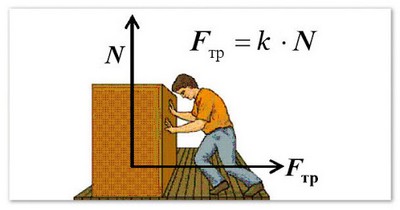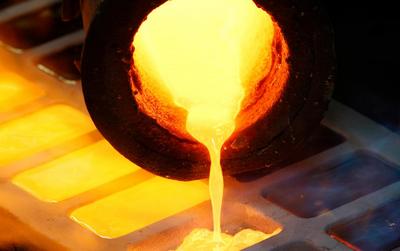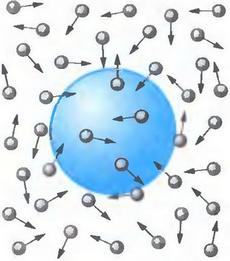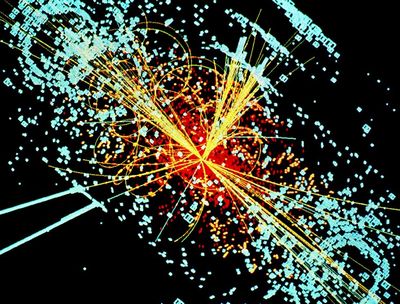Resonance in Physics: Explanation in Simple Language

Why are the soldiers, who usually march in front step when crossing the bridge, are ordered to go “at ease”? Because marching across the bridge, they can destroy it. This happens due to an interesting physical phenomenon – resonance. However, the phenomenon of resonance is actively used not only in physics. For example, the term “public resonance” means the reaction of a large number of people to some event, political, economic, or social. But in our article, we will talk specifically about physical resonance, its significance in physics, causes, and the most striking examples from life.









